Why Torch Hei Is the Best Way to Get Wok Hei at Home? An Overview
Sep 03, 2023 By Fabian Forte
One of the world's greatest culinary discoveries is Chinese stir fry. Despite appearances to the contrary, stir-fry bites are usually a pleasant surprise. You know it's good when the vegetables are crisp but not dry, the meat has a small caramelization on the exterior but is tender and juicy, and the scent is rich and nuanced enough to make you hungry.
Incredible as it may seem, all of this cooking is accomplished in a single flash of total mayhem with nothing more complicated than a plain old iron wok. However, that's only part of the story. It's just a tool, the wok. The key to making a great Chinese stir-fry is to achieve what is known in Chinese as wok hei.
Originally developed in Hong Kong and Guangzhou, wok hei meaning is a Cantonese culinary art form that translates literally to wok energy or, more colloquially, as "breath of a wok." The quantity of heat in the wok provides the motivation here.
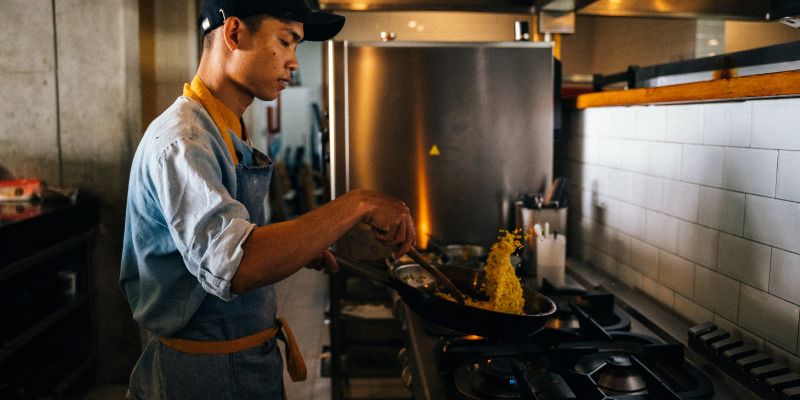
What Is Wok Hei?
Wok hei translates to the breath of the wok in a figurative sense. For Chinese meals that call for searing heat, like Hakkasan's trademark black pepper rib eye beef with merlot, this term alludes to the flavor and flavors put on the food by a hot wok while stir-frying.
Cooking these meals over high heat is essential for developing the distinct smokey flavor while keeping the crunchiness of the fresh components. While high heat is required, achieving wok hei takes more than just turning the heat beneath the wok to a very high setting.
Wok hei is so difficult to achieve that it is sometimes used as a yardstick to judge the competence of a Chinese cook, and many of those chefs spend years honing their skills in this area.
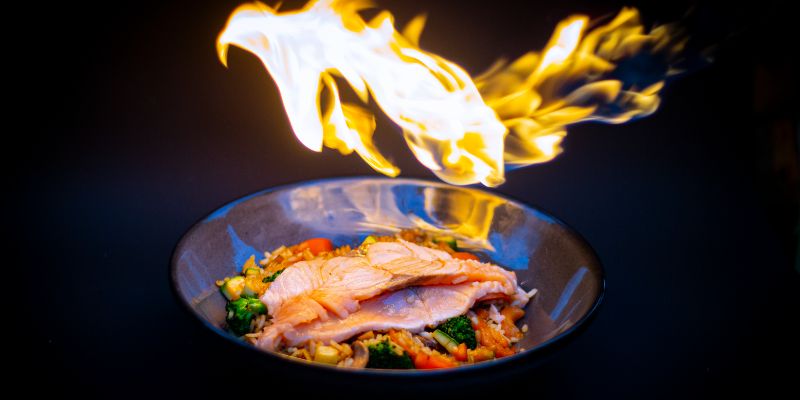
Is Torch Hei the Best Technique to Get Wok Hei?
The unique flavor from using a wok correctly may be replicated using a blowtorch. The primary concern when using a blowtorch is keeping the flame under control. There's no need to unleash your inner Khaleesi and wreak havoc on your hapless bok choy with a barrage of dragon fire.
In reality, when it comes to creating wok hei, a large, brilliant orange or yellow flame isn't always preferable. The issue of color comes up first. The bluest flames emanate from propane and butane torches.
The color blue denotes that all fuel has been used up. Incomplete combustion, where fuel is left unburned, is represented by an orange or yellow flame. Soot forms when excess carbon burns and its yellow or orange coloration is seen in a flame.
When a careless chef carelessly flames your sous-vide steak, the result is a sooty flavor and an odor reminiscent of lighter fluid. The temperature of a blue flame is between 1980 and 2000 degrees Celsius, while the temperature of an orange or yellow flame is approximately 1000 degrees Celsius.
How To Use the Wok Hei Technique?
When using wok hei, it must be preheated until it begins to smoke (a sign of a well-seasoned, hardened oil surface), a step not required for conventional cooking. The stir fry's components go in once the oil has been heated in the wok.
You'll need to work quickly to keep the items from burning on the wok's scorching surface. To prevent the components in the wok from burning, they must be stirred about in as short as 20 to 30 seconds. Skilled cooks often raise and shake the wok, causing the contents to be flipped and tossed while flames shoot up the sides.
Even while it looks like total anarchy to outsiders, the chef knows this is the work's purest form of wok hei. Excess moisture is supposedly removed from the meal by the high heat, leaving the surface dry but the inside characteristics unaffected.
As a general rule of thumb, white smoke indicates that everything is okay while using wok hei, whereas yellow smoke indicates something is on fire. It's also not a good idea to stuff the wok to the brim with food since this can cause the heat to drop and the food to steam instead of being stir-fried.
Things To Consider To Achieve Wok Hei
Wok hei requires careful management of the water content of the components, which comes mostly from raw veggies. The veggies will become soggy if there is too much water, but if there is not enough water, the dish may dry up or burn in the wok.
When aiming for wok hei, it's best not to crowd the pan with too many ingredients. Small batches cooked in a stir-fry allow precise wok hei temperature regulation and rapid stirring. The dish will be over-fried if too much oil is used, but it won't have the right flavor without enough.
When you toss food into a wok, the water causes the oil on the products to break down into tiny oil droplets, which quickly ignite when they come into contact with the flames underneath the wok. Direct contact with the flame is necessary to generate the charred, smoky flavor characteristic of wok hei.
The wok should be heated to a very high temperature before adding the oil, raw veggies, and meat. Before adding the raw ingredients, the wok should be brought to a roaring boil. Only then should the cooking oil be added, and it should be done cold. In this way, the oil is protected from the extreme temperatures that would cause its chemical breakdown.
Conclusion:
The wok hei essential to a delicious Chinese stir fry is not always easy to replicate in a home kitchen. The many little flames of a home stovetop are concentrated into a single pillar of fire by special burners designed for use with woks, which are only seen in professional kitchens. However, you can get comparable outcomes using alternative approaches at home.
-
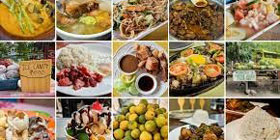 Feb 13, 2023
Feb 13, 2023Interesting Facts About Filipino Food
There is so much to love about Filipino food, from its rich history and cultural influences to its diverse flavors and ingredients. Whether you are a seasoned foodie or a curious beginner, Filipino cuisine is a must-try for anyone looking to experience something new and exciting. So why not take the opportunity to explore this amazing cuisine and discover the many delicious dishes it has to offer
-
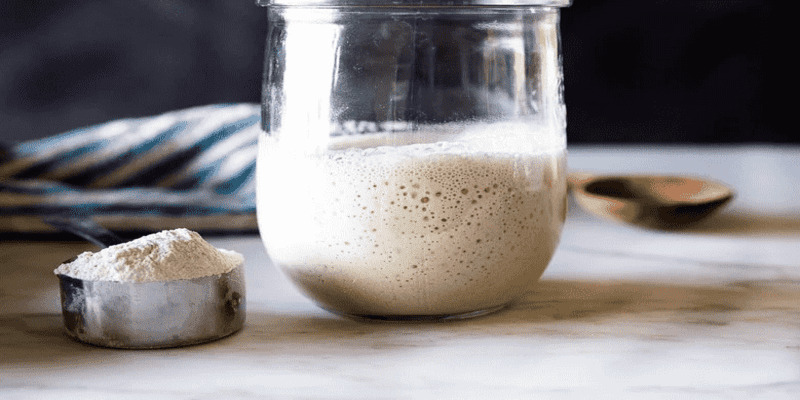 Sep 12, 2023
Sep 12, 2023A Guide to The Science of Sourdough Starters
Sourdough Starters: An Insight into All You Should Know
-
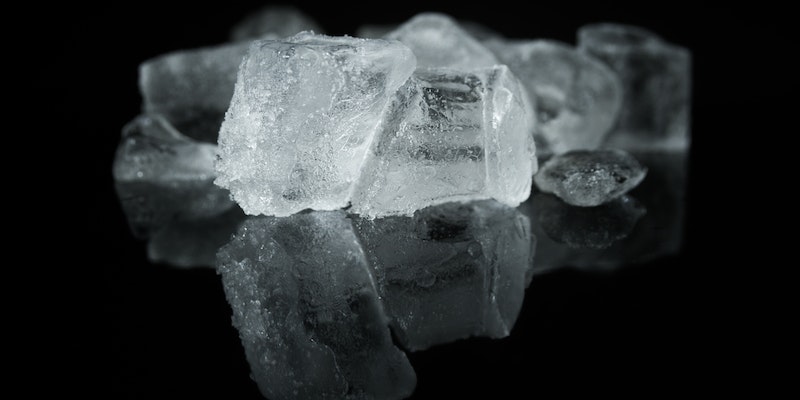 Sep 18, 2023
Sep 18, 2023Melting the chill: Debunking 5 common myths about ice
Do you want to discover the truth about ice? Read this eye-opening article as we debunk 5 commonly believed myths about ice.
-
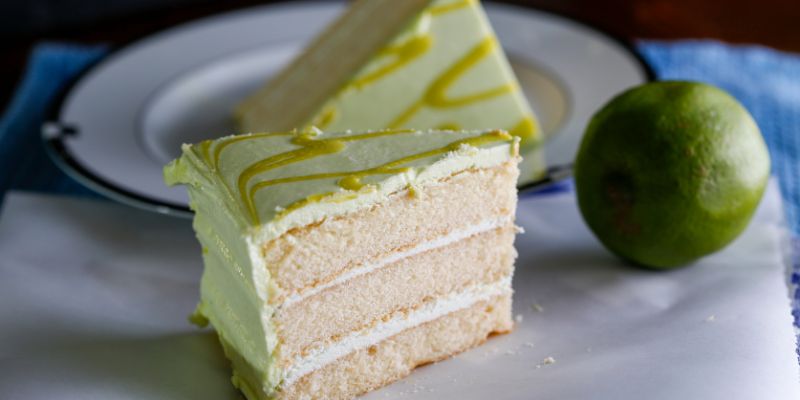 Sep 01, 2023
Sep 01, 2023Best Key Lime Cake Recipe For A Zesty Summer Treat
Escape to tropical flavors with this refreshing Key Lime Cake recipe! Learn how to make it at your home by following certain instructions.
